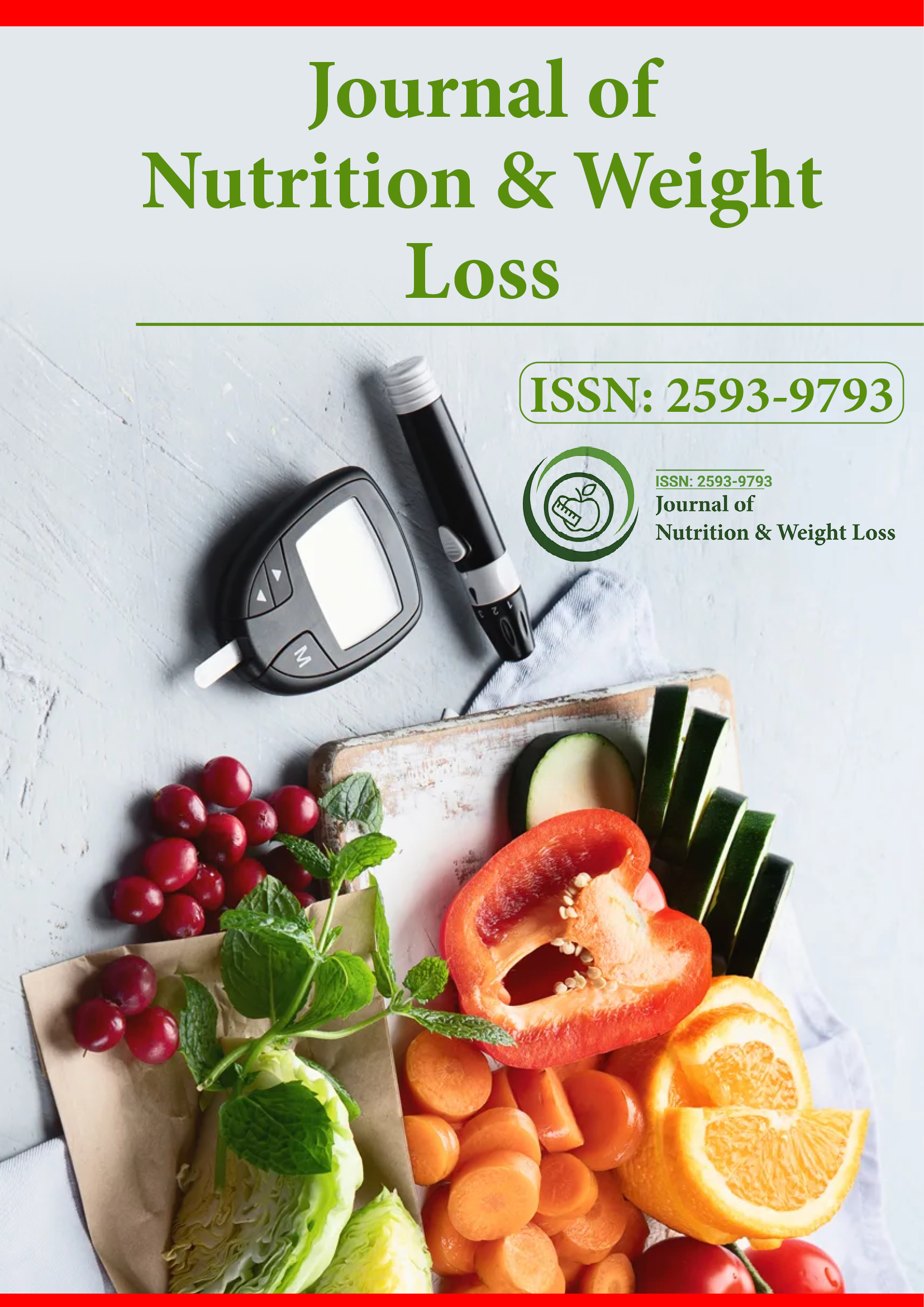Indexé dans
- RechercheRef
- Université Hamdard
- EBSCO AZ
- Publions
- Pub européen
- Google Scholar
Liens utiles
Partager cette page
Dépliant de journal

Revues en libre accès
- Agriculture et aquaculture
- Alimentation et nutrition
- Biochimie
- Bioinformatique et biologie des systèmes
- Business & Management
- Chimie
- Génétique et biologie moléculaire
- Immunologie & Microbiologie
- Ingénierie
- La science des matériaux
- Neurosciences & Psychologie
- Science générale
- Sciences cliniques
- Sciences environnementales
- Sciences médicales
- Sciences pharmaceutiques
- Sciences vétérinaires
- Soins infirmiers et soins de santé
Abstrait
Conformité aux pratiques de manutention post-récolte de la viande bovine tout au long de la chaîne de valeur de la viande bovine en Ouganda
Juliet Kyayesimira*, Grace Kagoro Rugunda, Lejju Julius Bunny et Joseph W. Matofari
Introduction : La manipulation de la viande de bœuf de l'abattoir à la boucherie, si elle n'est pas conforme aux exigences opérationnelles standard, peut entraîner une contamination par des micro-organismes pathogènes et des altérations provenant des équipements, des surfaces, du personnel, de l'eau et de l'environnement. Cela dépend principalement du niveau d'hygiène. Les manipulateurs de viande de bœuf ont une éducation de santé publique limitée sur la manipulation sûre, des installations de manipulation de la viande médiocres et une faible application des règles d'hygiène tout au long de la chaîne de valeur. Les procédures opérationnelles normalisées d'hygiène (SSOP) pour le nettoyage des équipements/outils et des installations de manipulation de la viande de bœuf n'ont pas été respectées des abattoirs aux boucheries.
Objectif : L’étude a été menée pour évaluer si les pratiques de manipulation du bœuf après récolte et les acteurs impliqués respectent les normes établies dans la chaîne de valeur du bœuf.
Méthode : Une enquête transversale a été menée auprès de 601 acteurs (abattoirs = 105, transporteurs = 141 et boucheries = 355) de la chaîne de valeur du bœuf, y compris les exploitants d'abattoirs, les transporteurs de bœuf et les bouchers (aux points de vente du bœuf). Les données ont été collectées de juin 2017 à janvier 2018 à l'aide d'un questionnaire en face à face ainsi que de l'observation des pratiques de manipulation des différents acteurs dans les districts de Mbarara, Kampala et Mbale. Les données ont été analysées à l'aide du logiciel SPSS (Statistical Package for Social Science) version 20.
Résultats : La plupart (96,6 %) des abattoirs n'étaient pas construits selon les spécifications standard, par exemple ils manquaient d'installations annexes comme des chambres froides, un espace pour le traitement des abats et des sites d'élimination des déchets. Dans les abattoirs, l'eau utilisée n'est pas traitée, bien qu'environ 87,6 % des travailleurs des abattoirs portent des bottes en caoutchouc et seulement 34,3 % portent des vêtements de protection. Les outils comme les couteaux, les machettes et les haches sont généralement partagés entre les acteurs. Le nettoyage des surfaces des abattoirs/maisons se fait principalement à l'eau uniquement (60 %), contre l'utilisation d'eau et de savon (40 %). Le transport se fait principalement par moto (54,6 %). À la boucherie, seulement 22,2 % des travailleurs portent des vêtements de protection, mais 87,6 % d'entre eux portent des bottes en caoutchouc. Le transfert de la viande du transporteur à la boucherie se fait par le personnel à mains nues ou sur les épaules. Certains endroits appelés boucheries se trouvent sous des branches d'arbres où la viande est suspendue en l'air.
Conclusion : Les pratiques de manipulation des différents acteurs après l’abattage (après récolte) étaient inférieures aux normes d’hygiène requises fixées par le Bureau national ougandais des normes (UNBS) dans les abattoirs, les boucheries et les transporteurs de bœuf.